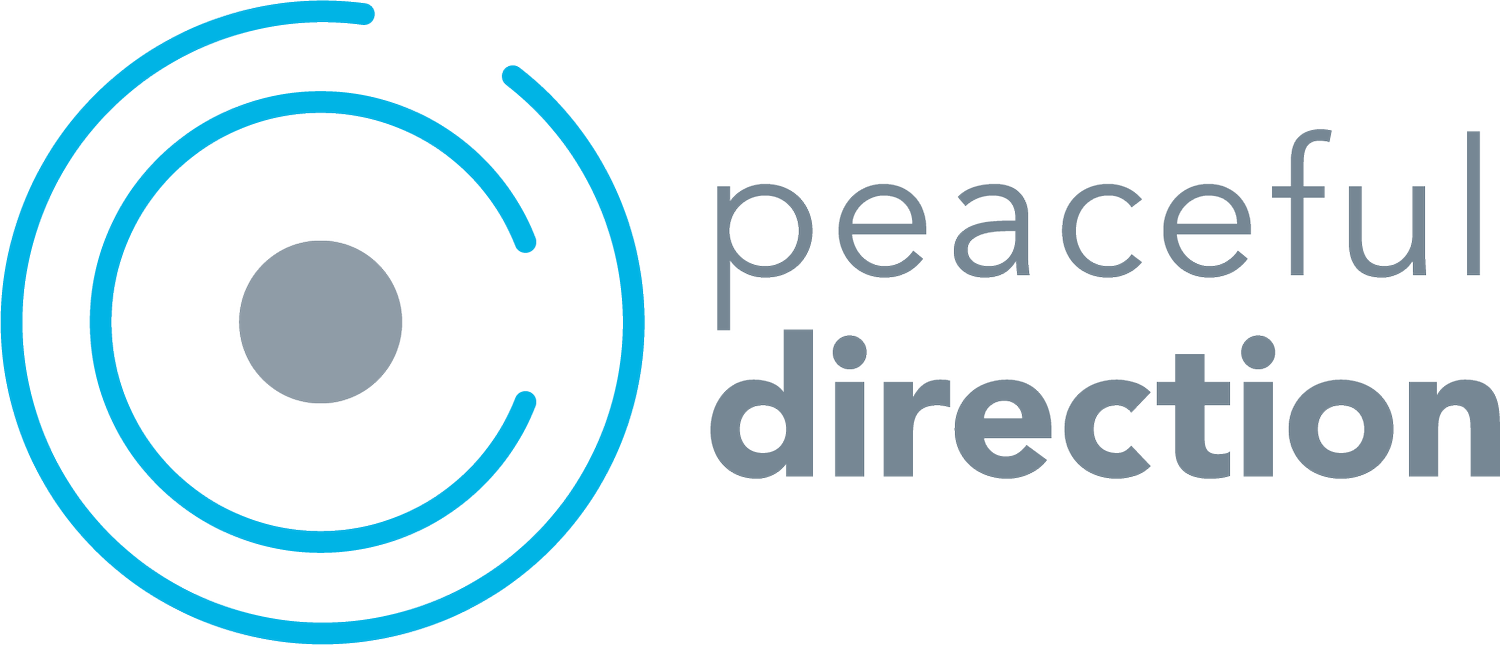Coaching in analogies #23: The introvert batteries
Picture someone in professional dress, sitting on the floor in an airport, closely tethered to a wall outlet by a tiny cable. There’s nothing unusual about this sight today, but it was quite unfamiliar just a generation ago.
A generation ago, we also knew little of how the introverted mind actually works.
Think of everything our smartphones do for us. (Too much, certainly, but that’s a topic for another day.) There comes a point where no matter how important the call or how interesting the TikTok video, the battery’s just too empty to continue.
And so it is with my own introvert batteries. They’re the measure of my capacity for social interaction. I’m drawn to certain people and certain situations, and can enjoy myself with these more than almost anywhere else in life. But there comes a point when I’m just… done.
It’s not about enjoyment. I love my work. I get more joy from serving my clients, from engaging with them, than I’ve had from any other work I’ve done in my career. It’s also work that requires a tremendous amount of energy – energy I must manage carefully if I’m going to succeed.
So I’ve come to realize that the self-aware introvert knows where the juice is going, and how to manage it or bring it back.
Creating conditions to preserve energy
Think of this as power-saving mode on a smartphone. You want to do what you can to make sure the battery lasts the whole day before you plug it in again. Here’s how I do it:
Environment. Working for myself, by myself, at home in a quiet suburb is a tremendous privilege. It also suits me perfectly. It allows me to build social interaction into my work day instead of trying to filter it out. I’m on teams because I want to be, not because I have to be.
Quantity. I keep my coaching sessions to 4 a day, 5 at a maximum. My calendar could probably tolerate a lot more, but what good is a coach with low energy?
Spacing. I try to give myself a few minutes between calls to gather my thoughts, move a little, use the bathroom or grab food and drink.
Restoring energy
Here’s how I recharge. You can’t have a cell phone without a charger and a cable (or some kind of wireless setup). I’ve come to rely on two essential recharging elements just as much – not for survival, but for the sake of my mental health and my effectiveness in work:
Silence. During the work day, I’m often hearing my computer fan, a chirping bird, an occasional dog bark and little else. I’m a light sleeper and travel with silicone earplugs. Silence is restorative for me. When I end a work day feeling like I’m full of other people’s words, I power back up with quiet.
Solitude. If I’m feeling socially drained at home and need a quick power up, I take the dog out for a pee or go out and check the mailbox. If I need a longer break, I’ll put on a yoga video or work on a jigsaw puzzle until my batteries feel more charged again. Out in the world, a bathroom break or drink refill is a wonderful pause. And I always build in plenty of breaks when I’m working with groups, so I can recharge along with my fellow introverts.
Coaching questions:
Which situations in life, and which people, give you energy? Which of these come with an energy cost?
What do you do to preserve and recover your energy?
